East & Mason is located in the historic Masonboro Sound District, rich with history and well-known for its preservation of coastal architecture dating back to the 1830s. Just off the shore is the protected, Masonboro Island, accessible only by boat. This island is a dedicated nature preserve and the largest undisturbed barrier island along the southern part of North Carolina.
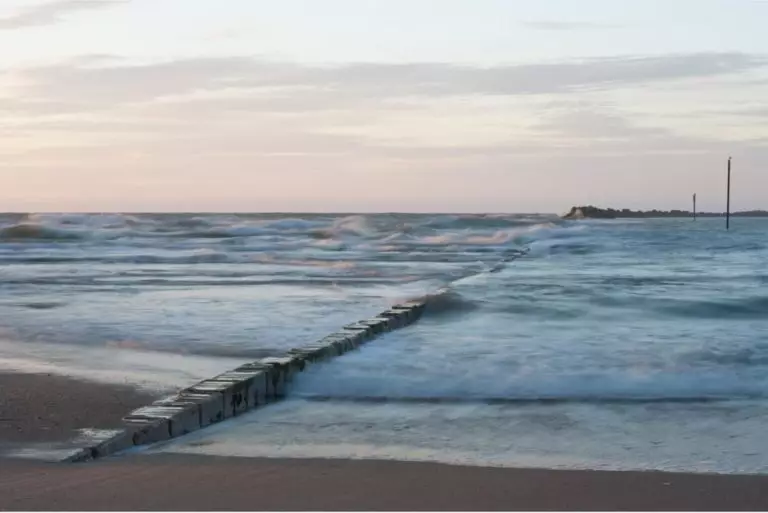
“The Masonboro Sound Historic District, on the coast near Wilmington, is of statewide historical significance as the oldest known coastal resort in North Carolina”
{ from www.livingplaces.com }
Masonboro Sound’s sense of place has been enriched from generation to generation.
“Masonboro Sound slowly developed throughout the early nineteenth century as an exclusive summer resort of private cottages. The development of Masonboro Sound has been characterized by two distinct features. Virtually all of its summer residents come from Wilmington or the countryside nearby Wilmington. Indeed, most of the Masonboro Sound residents have known each other through business, social, and civic circles in and around Wilmington, and several of the families have become related by marriage. Secondly, Masonboro Sound developed in a resolutely non-commercial vein, without the hotels, pavilions, and arcades that have characterized much of North Carolina’s coastal development.”
{ from www.livingplaces.com }
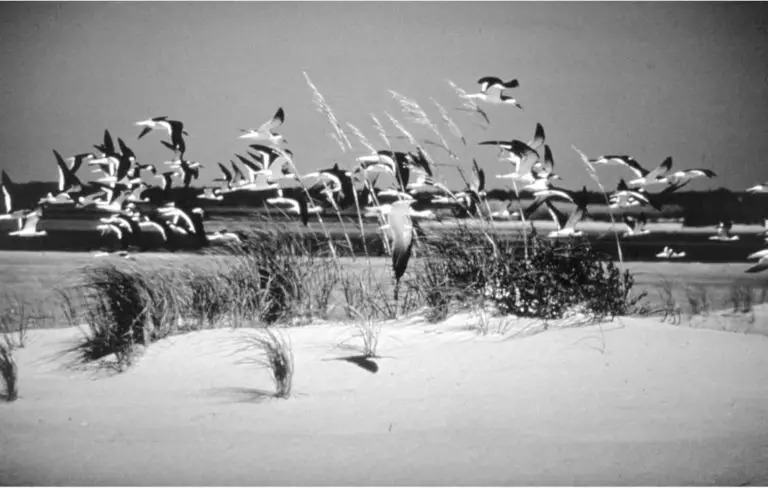
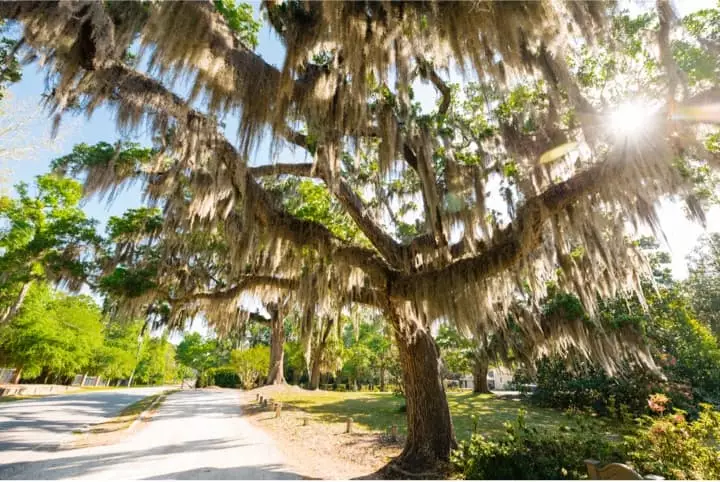
Just outside East & Mason’s “sound-side” entrance under the live oak tree is the heart of the area’s historic district, featuring centuries-old live oak trees that mark entrances to the 19th and early-20th century resort cottages, Colonial Revival homes, and several pre-Civil War mansions.
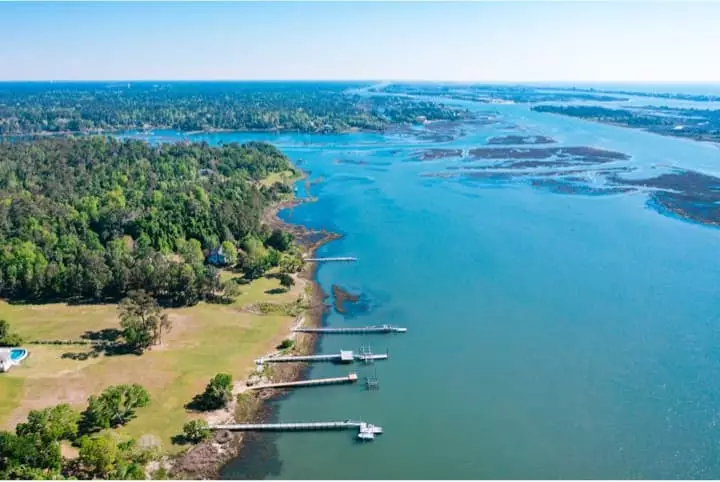
In 1992 this historic, sound side neighborhood was added to the National Register of Historic Places. Homes in this area boast eastern views across the Sound to Masonboro Island.
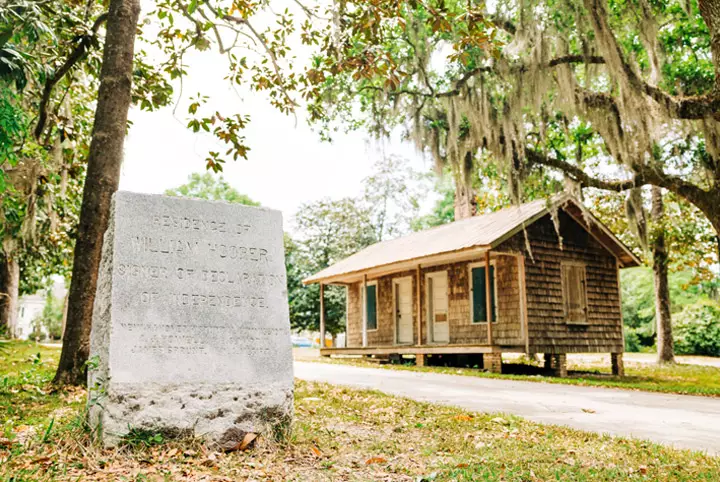
Along Masonboro Sound Road, sits a remembrance of the home built by William Hooper, a Wilmington attorney who signed the Declaration of Independence. His main home was destroyed by a fire in 1931.
Connect With Us & Schedule Your Visit
Register below for quick assistance!
East & Mason Specialist
Emily Tucker

Emily Tucker
